This is driving me nuts. I thought this was a masking issue at first (might still be), but it seems that the original version doesn't even work as a background image in some cases.
The only difference between the two is that the latter ("Imgur") was uploaded to Imgur, and appears to be re-saved.
.mask {
background-color: navy;
-webkit-mask-size: 144px;
-webkit-mask-repeat: no-repeat;
-webkit-mask-position: 0 0;
mask-size: 144px;
mask-repeat: no-repeat;
mask-position: 0 0;
}
#orig .mask {
-webkit-mask-image: url("https://i.stack.imgur.com/ebAGH.png");
mask-image: url("https://i.stack.imgur.com/ebAGH.png");
}
#orig .bg {
background-image: url("https://i.stack.imgur.com/ebAGH.png");
}
#imgur .mask {
-webkit-mask-image: url("https://i.stack.imgur.com/LcBj8.png");
mask-image: url("https://i.stack.imgur.com/LcBj8.png");
}
#imgur .bg {
background-image: url("https://i.stack.imgur.com/LcBj8.png");
}
/* just fluff below */
body {
background-color: #a0a0a0;
background-image: linear-gradient(45deg, #808080 25%, transparent 25%), linear-gradient(-45deg, #808080 25%, transparent 25%), linear-gradient(45deg, transparent 75%, #808080 75%), linear-gradient(-45deg, transparent 75%, #808080 75%);
background-size: 20px 20px;
background-position: 0 0, 0 10px, 10px -10px, -10px 0px;
}
p {
background-color: white;
padding: 5px;
}
.mask, .bg, img {
border: 1px solid black;
display: inline-block;
width: 144px;
height: 144px;
}<div id="orig">
<p>Orignal</p>
<div class="mask"></div>
<div class="bg"></div>
<img src="https://i.stack.imgur.com/ebAGH.png">
</div>
<div id="imgur">
<p>Imgur</p>
<div class="mask"></div>
<div class="bg"></div>
<img src="https://i.stack.imgur.com/LcBj8.png">
</div>Why isn't the top original image working for the background?
Also, if I comment out the masking part, the background works again? I am so lost...
EDIT: it appears in Firefox that the background image does work, but it still doesn't work as a mask.
EDIT 2: I should note that this image is not unique and hasn't been corrupted. It was exported from Photoshop or Illustrator (by our designer) along with several other similar images, all of which have the same problem.



